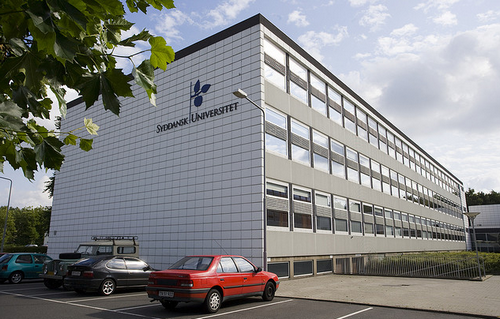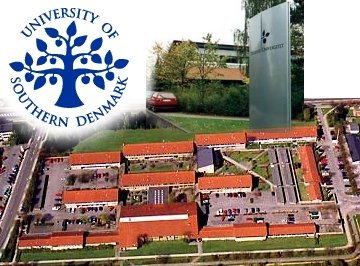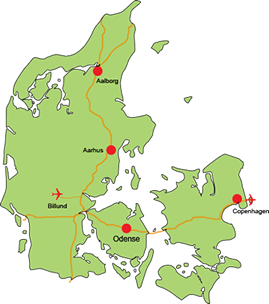
Crystallization is an inevitable step in the purification of artemisinin either from the plantArtemisia annua or from reaction mixtures of semisynthetically produced artemisinin.
Rational design of crystallization process requires knowledge about the solid–liquid equilibrium in a given solvent system and effect of impurities on it.
In the present work, a crystallization process was designed to purify artemisinin from fractions of a flash chromatography column effluent collected after injecting extracts of Artemisia annua leaves.
The fractions from chromatography containing artemisinin were combined together into one fraction, and the impurities present in this fraction were identified.
The solubility of artemisinin in the mobile phase used for chromatography, i.e.,n-hexane–ethyl acetate mixture of varying compositions, was measured at 25, 15, and 5 °C, respectively. The collective effect of impurities present in the combined fraction on the solid–liquid equilibrium of artemisinin was evaluated by measuring the solubility of artemisinin in the combined fraction at same temperatures. The results show that the impurities present in the combined fraction increase the solubility of artemisinin.
Finally, the crystallization of artemisinin from the combined fraction designed on the basis of artemisinin solubility data was carried out in two steps by adding an antisolvent and cooling crystallization.
The yield of artemisinin obtained in the process was 50%, and it was found that the impurities present in the combined fraction at a given concentration do not affect the crystallization of artemisinin.


Figure 2. Chemical structure of artemisinin (1) and impurities [artemisitene (2), dihydroartemisinic acid (3), artemisinic acid (4), arteannuin B (5), and coumarin (6)] found in the combined fraction.
Crystallization of Artemisinin from Chromatography Fractions ofArtemisia annua Extract

https://www.researchgate.net/profile/Chandrakant_Malwade/info






////////













Sorry, the comment form is closed at this time.